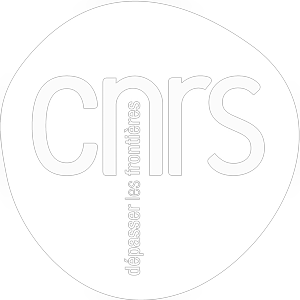Hair analysis as a useful procedure for detection of vapour exposure to chemical warfare agents: simulation of sulphur mustard with methyl salicylate
authors
document type
ARTabstract
Chemical warfare agents (CWA) are highly toxic compounds which have been produced to kill or hurt people during conflicts or terrorist attacks. Despite the fact that their use is strictly prohibited according to international convention, populations' exposure still recently occurred. Development of markers of exposure to CWA is necessary to distinguish exposed victims from unexposed ones. We present the first study of hair usage as passive sampler to assess contamination by chemicals in vapour form. This work presents more particularly the hair adsorption capacity for methyl salicylate used as a surrogate of the vesicant sulphur mustard. Chemical vapours toxicity through the respiratory route has historically been defined through Haber's law's concentration-time (Ct) product, and vapour exposure of hair to methyl salicylate was conducted with various times or doses of exposure in the range of incapacitating and lethal Ct products corresponding to sulphur mustard. Following exposure, extraction of methyl salicylate from hair was conducted by simple soaking in dichloromethane. Methyl salicylate could be detected on hair for vapour concentration corresponding to about one fifth of the sulphur mustard concentration that would kill 50% of exposed individuals (LCt50). The amount of methyl salicylate recovered from hair increased with time or dose of exposure. It showed a good correlation with the concentration-time product, suggesting that hair could be used like a passive sampler to assess vapour exposure to chemical compounds. It introduces great perspectives concerning the use of hair as a marker of exposure to CWA. Copyright (c) 2014 John Wiley & Sons, Ltd.


